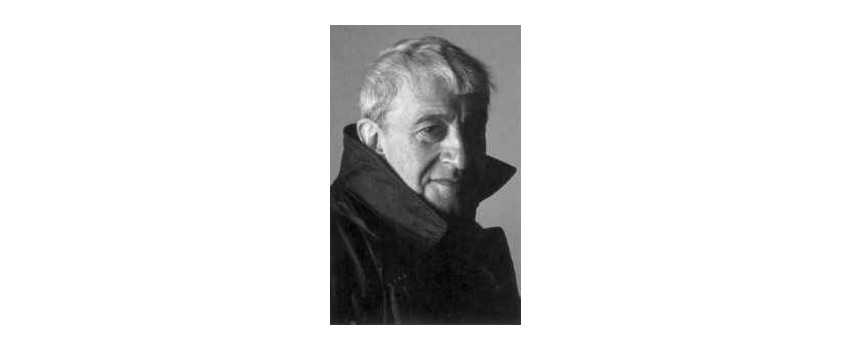MacMillan, Cello Sonata No. 2 (Boosey And Hawkes)
MacMillan, Cello Sonata No. 2 (Boosey and Hawkes)
Kenneth MacMillan was a choreographer and director who left an indelible mark on ballet. He was known for his ability to capture the raw emotion of human experience through dance, and his legacy continues to inspire dancers and audiences alike.
Early Life and Career of Kenneth MacMillan
Kenneth MacMillan was born in Dunfermline, Scotland, in 1929. He grew up in a working-class family and showed an early interest in dance. At 15, he auditioned for the Sadler's Wells Ballet School and was accepted. He quickly rose through the ranks and became a soloist with the company in 1953.
MacMillan's early choreographic work was heavily influenced by the works of Frederick Ashton, the chief choreographer of the Sadler's Wells Ballet at the time. MacMillan's first major piece, "Danses Concertantes," was created in 1955 and showcased his talent for creating intricate and dynamic choreography. This work was followed by "Symphony," set to music by Mozart and featured a large ensemble cast.
MacMillan's career took a significant turn in 1965 when he was appointed the director of the Royal Ballet. This allowed him to create works for the company on a larger scale and to work with some of the world's best dancers.
Key Influences on Kenneth MacMillan's Work
Kenneth MacMillan's work was shaped by various influences, including his life experiences, literature, and music. One of the key themes in his work was the exploration of human relationships and emotions. He was known for creating deeply personal jobs that often dealt with difficult subjects.
One of the most significant influences on MacMillan's work was the death of his mother when he was just 12 years old. This experience profoundly impacted him and was reflected in many of his ballets. For example, his work "The Invitation," which premiered in 1960, explored the theme of death and grieving.
MacMillan was also influenced by literature, particularly the works of Shakespeare. He created several ballets based on Shakespeare's plays, including "Romeo and Juliet," "The Winter's Tale," and "Hamlet." These works were praised for their ability to capture the plays' essence while adding a new dimension through movement.
Finally, music was a significant influence on MacMillan's work. He was known for his ability to create choreography that was perfectly matched to the music, and he often worked closely with composers to create a seamless integration between the two art forms.
Kenneth MacMillan's Impact on Ballet
Kenneth MacMillan's impact on ballet was significant and far-reaching. He was one of the first choreographers to explore difficult and controversial subjects like mental illness, rape, and incest. His works were often contentious, but they also pushed the boundaries of what was possible in ballet and helped to modernize the art form.
One of MacMillan's most significant contributions to ballet was his use of narrative. He believed that dance was a powerful tool for storytelling, and he created visually stunning and emotionally engaging works. Complex characters, intricate plotlines, and a deep understanding of human relationships characterized his ballets.
MacMillan's impact on ballet can still be felt today. Many of his works, such as "Romeo and Juliet," "Manon," and "Mayerling," are still performed by companies around the world. His legacy also lives on through the Kenneth MacMillan Trust, established after his death in 1992 to promote his work and support young choreographers.
The Music of Kenneth MacMillan's Ballets
The music of Kenneth MacMillan's ballets was an integral part of his choreography. He believed that music should be a driving force behind the movement and that the two art forms should be seamlessly integrated.
MacMillan worked with various composers, including Benjamin Britten, Sergei Prokofiev, and Franz Liszt. One of his most famous collaborations was with the composer Jules Massenet, whose music was used in MacMillan's ballet "Manon." The music was praised for its ability to convey the story's emotional depth and for its seamless integration with the movement.
MacMillan's use of music was also significant because he often chose pieces not traditionally used in ballet. For example, his ballet "Requiem," created in 1976, was set to music by Gabriel Faure and featured a choir singing the Requiem mass. This was a departure from the traditional ballet score and helped to push the boundaries of what was possible in the art form.
Conclusion
Kenneth MacMillan was a genius of a ballet whose work continues to inspire and challenge dancers and audiences today. His ability to capture the raw emotion of human experience through dance was unparalleled, and his legacy lives on through his works and the young choreographers who continue to be inspired by him.

MacMillan, Cello Sonata No. 2 (Boosey and Hawkes)
MacMillan, Nothern Skies for Cello (Boosey and Hawkes)